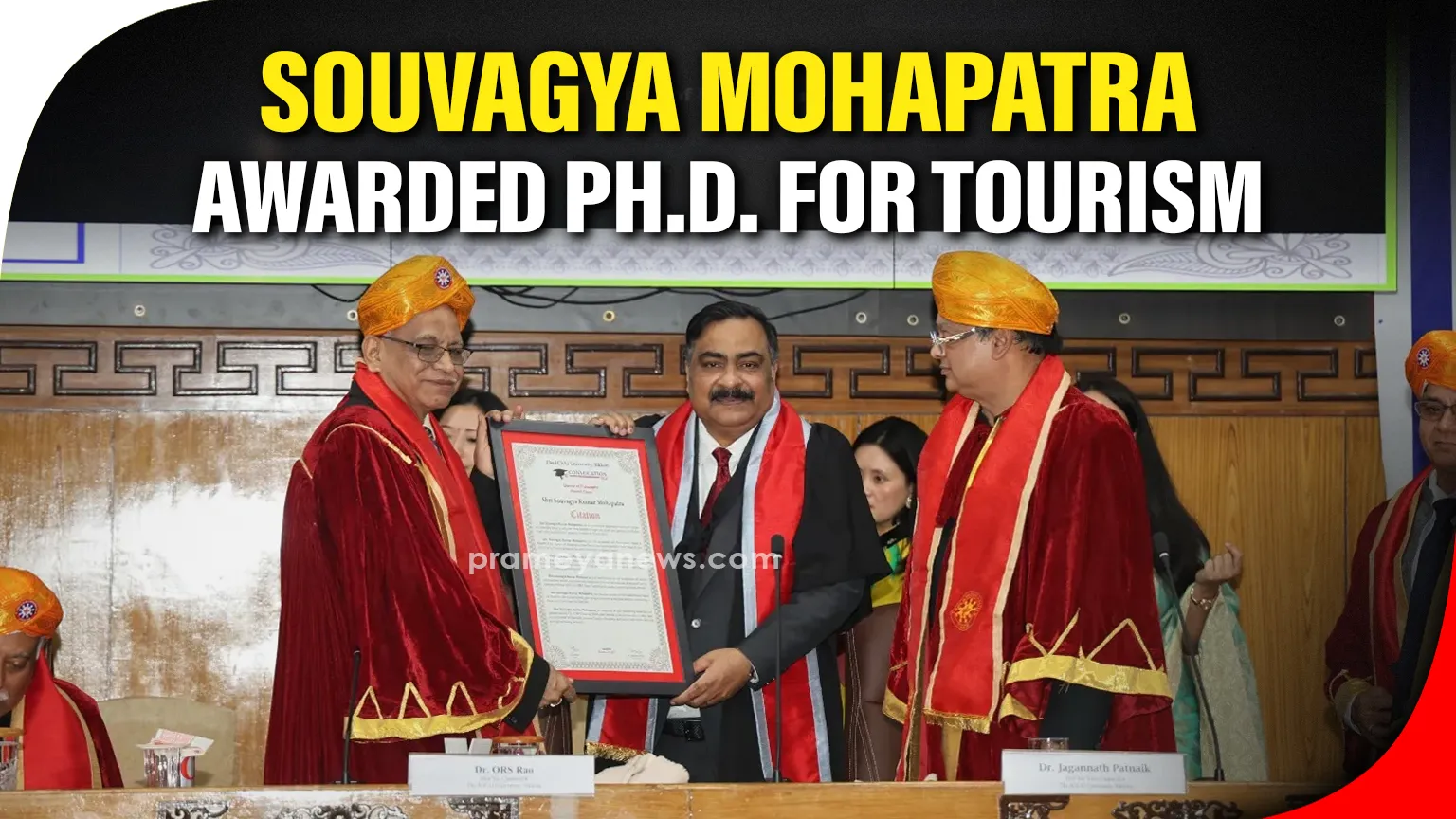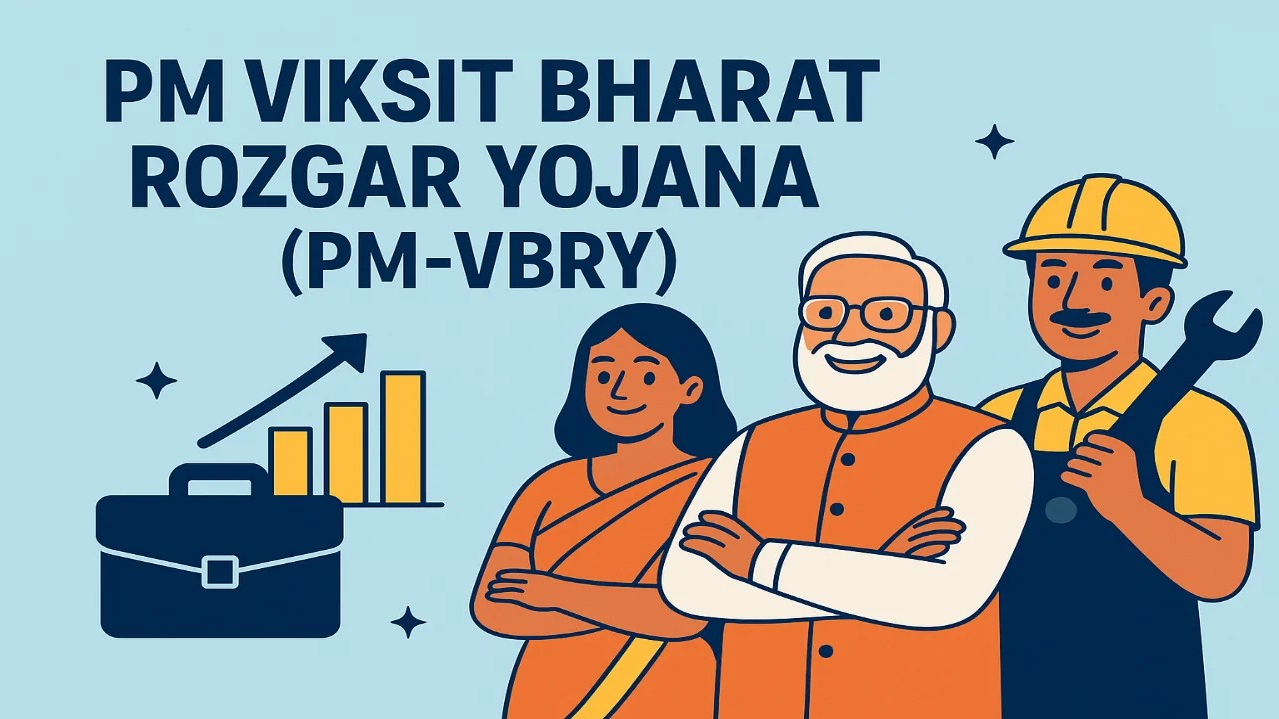

The Indian government has launched a landmark initiative, the Pradhan Mantri Viksit Bharat Rozgar Yojana (PM-VBRY), in a significant and direct effort to address youth unemployment and bolster the formal economy. Announced during the 79th Independence Day address, this ambitious scheme aims to generate over three crore new jobs by July 2027. With a financial commitment of nearly ₹1 lakh crore, the program is designed to create a powerful bridge between a skilled workforce and quality employment, with a strategic emphasis on strengthening the nation's manufacturing sector.
The PM-VBRY employs a carefully designed two-pronged approach that incentivizes both the creation of new jobs and the entry of new talent into the workforce. The first component directly targets first-time employees. Individuals earning a monthly salary of ₹1 lakh or less who secure a job between August 2025 and July 2027 will receive a direct financial benefit equivalent to one month's average wage, capped at ₹15,000. This incentive will be disbursed in two parts: the first 50% after six months of continuous employment, and the remainder after twelve months, contingent upon the completion of an online financial literacy course.
The second component is aimed at employers. Businesses across all sectors that create new, formal jobs with monthly wages up to ₹1 lakh are eligible for a monthly financial incentive for each new hire. This support, ranging from ₹1,000 to ₹3,000 per employee, will be provided for two years. In a significant strategic move, businesses in the manufacturing sector will receive this support for an extended period of four years, signaling a clear policy focus on industrial growth. The entire process will be managed through a transparent IT system developed by the Employees' Provident Fund Organisation (EPFO), ensuring efficient tracking and disbursement.
The scheme's vision extends beyond simply generating employment numbers; it aims to foster a structural shift towards a more formalized and stable labour market. By mandating that participating businesses be registered with the EPFO, the PM-VBRY ensures that new employees receive social security coverage from the outset. This is a critical step in integrating young workers into the formal economy, providing them with long-term stability and essential benefits. The innovative requirement of a financial literacy course equips new entrants with the skills to manage their earnings effectively, promoting a culture of savings and financial well-being. For businesses, the incentives are designed to reduce the perceived risk of hiring fresh talent and to offset the costs associated with job creation, thereby encouraging more robust and consistent hiring practices.
The PM-VBRY is strategically timed to complement India's broader economic agenda. It follows the successful implementation of the Production Linked Incentive (PLI) scheme and is designed to work in tandem with the 'National Manufacturing Mission'. As India undertakes over 1,500 major infrastructure projects, creating massive economic activity, this scheme provides the necessary framework to translate that growth into formal employment. For decades, a large portion of India's workforce has been engaged in informal, non-agricultural sectors. The PM-VBRY, with its built-in focus on formalization and special incentives for manufacturing, is poised to address this long-standing imbalance, helping to shift surplus labour into more productive and secure industrial roles, thereby playing a transformative part in the nation's journey towards becoming a developed economy.
Image Source: HR Informative